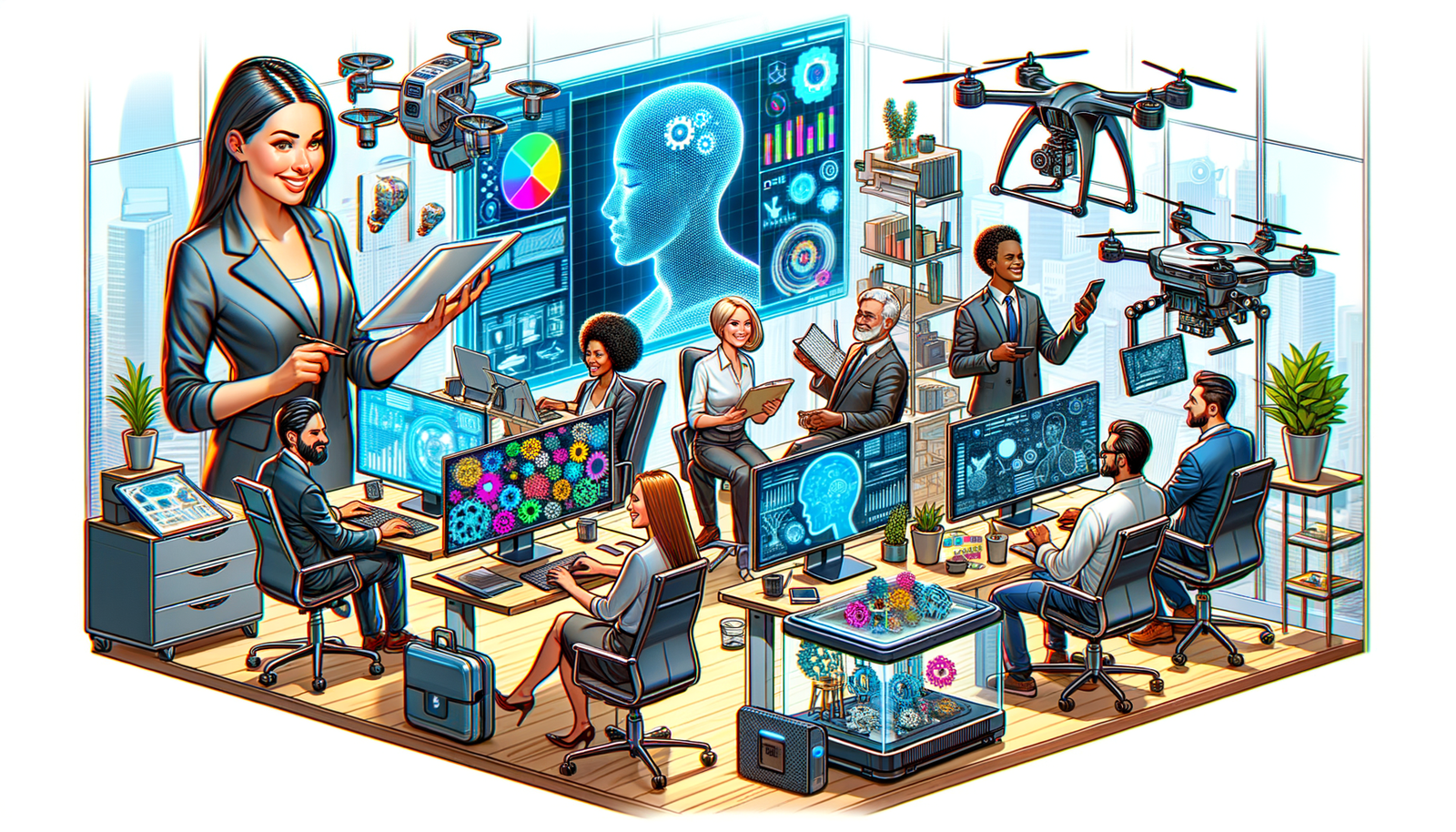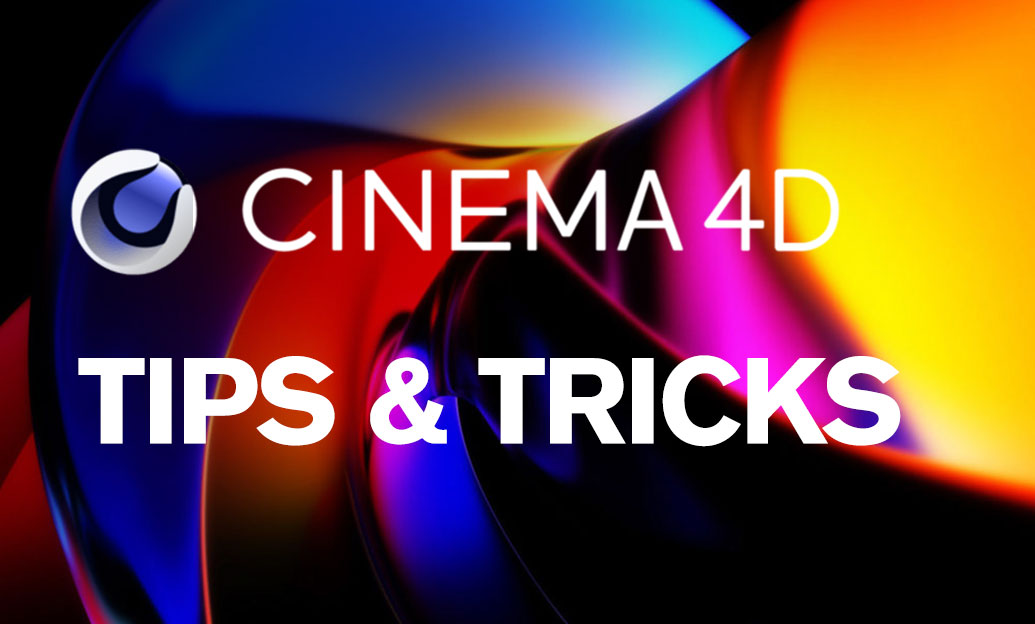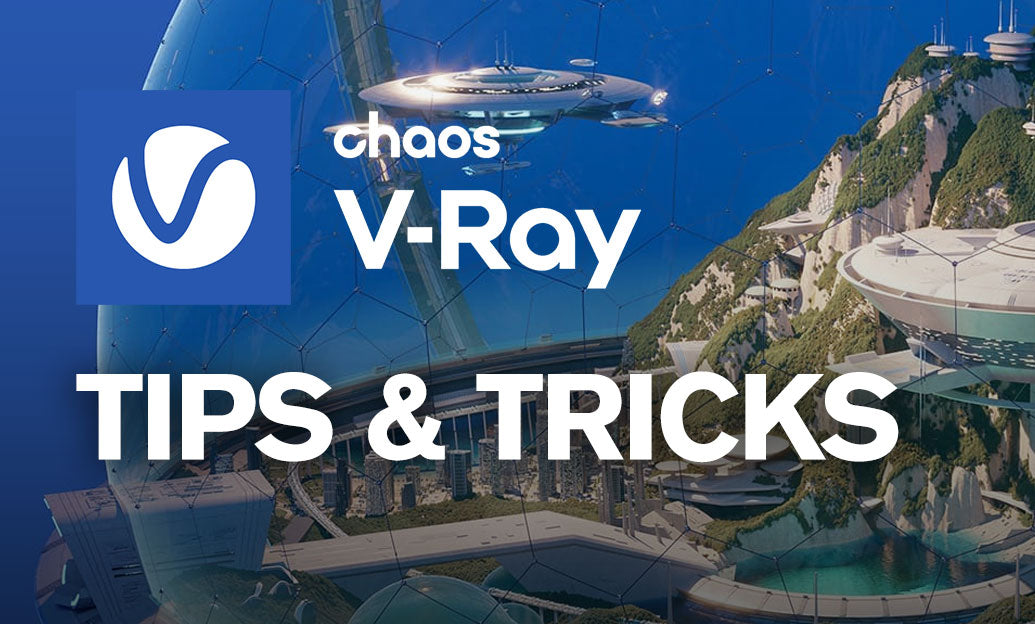Your Cart is Empty
Customer Testimonials
-
"Great customer service. The folks at Novedge were super helpful in navigating a somewhat complicated order including software upgrades and serial numbers in various stages of inactivity. They were friendly and helpful throughout the process.."
Ruben Ruckmark
"Quick & very helpful. We have been using Novedge for years and are very happy with their quick service when we need to make a purchase and excellent support resolving any issues."
Will Woodson
"Scott is the best. He reminds me about subscriptions dates, guides me in the correct direction for updates. He always responds promptly to me. He is literally the reason I continue to work with Novedge and will do so in the future."
Edward Mchugh
"Calvin Lok is “the man”. After my purchase of Sketchup 2021, he called me and provided step-by-step instructions to ease me through difficulties I was having with the setup of my new software."
Mike Borzage
AI-Powered Design Tools: Revolutionizing Creativity and Efficiency in Modern Workflows
August 30, 2024 4 min read


Introduction to AI in Design
Artificial Intelligence (AI) has become a cornerstone in modern design, revolutionizing how creative workflows are managed. **AI-powered design tools** refer to software that leverages AI technologies to aid designers in creating, optimizing, and automating design tasks. These tools have evolved significantly from traditional design processes, offering unprecedented capabilities that enhance both efficiency and creativity.
The significance of AI in creative workflows cannot be overstated. By automating repetitive tasks, AI frees designers to focus on more complex and imaginative aspects of their work. Compared to traditional design tools, AI-powered solutions offer greater precision, speed, and the ability to handle large datasets effortlessly.
Key areas where AI has made a profound impact include **graphic design**, **product design**, and **architectural design**. Each of these fields benefits uniquely from AI capabilities, whether through automating routine tasks, generating innovative design solutions, or enhancing user interaction.
Core Technologies Behind AI-Powered Design Tools
At the heart of AI-powered design tools are several core technologies that enable their advanced functionalities.
Machine Learning and Neural Networks
Machine learning algorithms are fundamental to AI in design. These algorithms learn from vast amounts of data to make predictions and decisions. In design software, machine learning can predict user preferences, optimize design layouts, and even suggest improvements.
Neural networks, a subset of machine learning, mimic the human brain's structure. They excel at recognizing patterns and making sense of complex data. In design, neural networks facilitate tasks such as image recognition, style transfer, and automated editing, effectively **transforming tedious processes into streamlined workflows**.
Generative Design
Generative design algorithms are revolutionizing how design solutions are conceived. By defining a set of parameters and objectives, these algorithms can produce multiple design iterations, each optimized for performance and aesthetics. This allows designers to explore a broader range of possibilities and identify the most effective solutions.
- Generating thousands of potential design solutions quickly
- Optimizing designs based on specific criteria such as weight, strength, and cost
- Facilitating innovative approaches that might not be immediately obvious to human designers
Natural Language Processing (NLP)
Natural Language Processing (NLP) plays a crucial role in enhancing user interfaces and design processes. By understanding and processing human language, NLP allows designers to interact with their tools more intuitively. This includes voice-activated commands, design suggestions based on verbal input, and more.
Examples of NLP in design include:
- Voice-activated design commands that streamline workflows
- AI-powered chatbots providing design assistance and recommendations
- Text analysis tools that help in content creation and optimization
Transformative Impact on Creative Workflows
The integration of AI into creative workflows has led to transformative changes, enhancing productivity, creativity, and personalization.
Enhanced Productivity
One of the most significant impacts of AI is the reduction of repetitive tasks through automation. This not only saves time but also improves the accuracy and consistency of design outputs. AI can handle tasks like resizing images, generating variations, and optimizing layouts, significantly improving turnaround times for design iterations.
Increased Creativity
AI acts as a collaborator rather than a mere tool, offering novel ideas and inspirations. By analyzing vast amounts of data, AI can identify trends, suggest unique design elements, and even create entirely new design styles. This collaboration pushes the boundaries of traditional design and opens up new avenues of creativity.
Real-world examples of AI-generated designs highlight how AI can produce innovative outcomes that might not have been possible through conventional methods. These designs often blend functionality with aesthetic appeal, setting new standards in the industry.
Customization and Personalization
AI-powered design tools excel in tailoring solutions to individual user preferences. By analyzing user behavior and preferences, these tools can adapt to provide personalized design suggestions, ensuring that the final output aligns with the user's vision.
Examples of adaptive design tools include:
- Customization options based on user feedback and interaction
- Personalized design templates that cater to specific needs
- Adaptive interfaces that evolve according to user skill levels
Challenges and Future Directions
While the benefits of AI in design are substantial, there are also ethical and practical challenges that need to be addressed.
Ethical and Practical Challenges
One major concern is the dependency on AI, which could lead to skill erosion among designers. As AI takes over more tasks, there's a risk that designers may lose their edge in fundamental skills. Additionally, ethical issues arise with AI-generated content, particularly regarding intellectual property and originality.
Addressing these challenges requires a balanced approach, ensuring that AI serves as an enhancement rather than a replacement for human creativity.
Future Trends in AI-Powered Design
Looking ahead, the next decade promises exciting advancements in AI and design tool innovation. Emerging technologies such as augmented reality (AR), virtual reality (VR), and advanced data analytics will further augment the capabilities of AI-powered design tools.
Predictions for future trends include:
- Integration of AR and VR for immersive design experiences
- Advanced data analytics for deeper insights into user preferences
- Increased focus on ethical AI practices to ensure responsible usage
Conclusion
The transformative potential of AI in design is undeniable, offering enhanced efficiency, creativity, and personalization. As AI continues to evolve, it will be crucial to balance its capabilities with human creativity, ensuring that designers can leverage these powerful tools while maintaining their unique artistic vision.
Also in Design News

Cinema 4D Tip: Cinema 4D Takes for Per‑Shot Material Overrides
January 08, 2026 2 min read
Read More
Revit Tip: Revit Journal Management for Faster Issue Resolution
January 08, 2026 2 min read
Read MoreSubscribe
Sign up to get the latest on sales, new releases and more …



